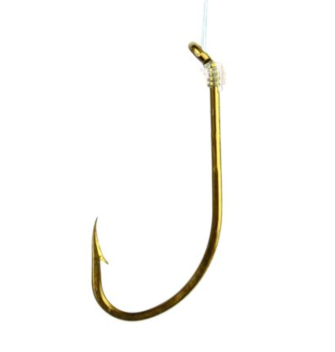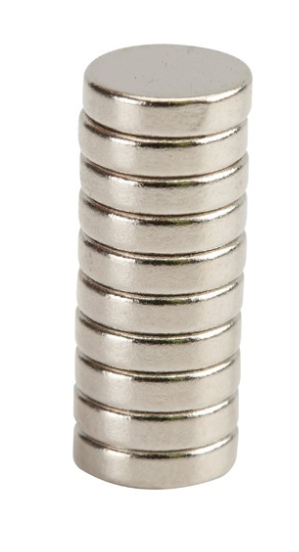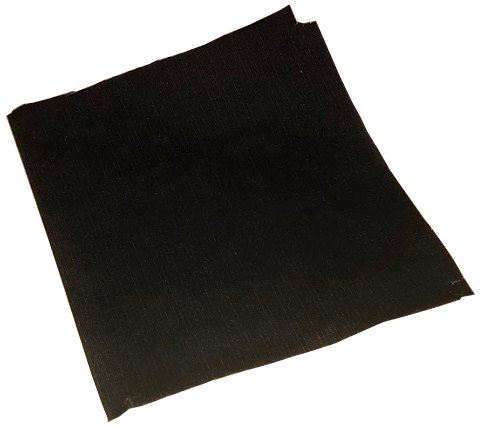MicroDozer (MicroTug)/Fall Semester/2019
Anchoring Systems Trade-Off Study
Author/s: Deion Guillermo
Table of Contents
Introduction
Constructing the artificial setae proved to be infeasible for an up-scaled version of the µTug. Thus, the team decided to move forward looking for a new anchoring system. This new anchoring system needs to provide as a substitute to the artificial setae, meaning it has specific criteria it must achieve. The anchoring system must be able to withstand a large load without shuffling its position, as well as a method to detach from the surface easily. Before deciding on a new anchoring system, each new anchoring system needed to be compared to each other. Three anchoring mechanisms were tested: Fishing Hooks, Magnets, Sharkskin. Other considerations for anchoring were suction cups as well as a rubber pad. However, these were not considered for testing due to issues with release from a surface as well as ease of acquisition of the materials.
Fishing Hooks
Using a Model 8008-PN Spring Scale, a line of five size 18 Eagle Claw treble fishing hooks was assembled to anchor on rough, felted surfaces such as carpet. This specific fishing hook was as we searched for the smallest size possible for the fishhooks; These were the smallest that were readily available. The line of fishing hooks was able to pull a load of 40N indicated by the spring scale. However, they may theoretically remain anchored with a larger pull force due to the string used breaking during testing. For this test, normal household carpeting was used as the testing surface.
One consideration seen through testing would be modification of the fishing hooks. Once testing was finished, removal of the hooks was not as easy as we’d hoped. This can be attributed to the barbs at the tips of the fishing hooks. Either removing the barbs on the fishing hooks, constraining the hooks to only just the tips, or finding a hook that has a shallower angle may be a possibility for future iterations of the fishing hooks.
Magnets
Using the same Model 8008-PN Spring Scale, N52 Neodymium magnets were tested for their pull strength. Out of all the commercially available magnets, these are rated as the strongest. Unfortunately, they were only able to withstand a force of around 10N before the magnet started to drag across the metal. The surface tested was steel found on a commercially available microwave.
Through observation before the testing began, removing the magnets from each other was extremely difficult. Pulling two magnets directly apart from each other proved fruitless, while sliding two magnets in opposite directions proved to be an easy method to separate two magnets. Our application for the magnets is to hold a horizontal load, so they may not be the best option.
Sharkskin
This test used the same spring scale as the previous tests. The 3M Sharkskin was suggested as well as provided by the professor. The Sharkskin is similar to the setae – loaded with hundreds of small fibers – but not at the same microscopic scale as setae. To put a test load, an iPhone 8S was placed on top of the Sharkskin. The Sharkskin pulled a load of around 15-20N before it started to drag across the surface. Like the magnet, the surface tested was the steel surface found on a microwave.
Conclusion
Through these tests, the anchoring system that proved to hold the strongest load is the array of fishhooks. However, those fishhooks may need adjustment or a specific configuration to be properly used as an anchoring mechanism. Such examples of a structure can be seen in the microspine array seen on robots such as Stanford’s FlyCroTug, or Carnegie Mellon’s RHex.



